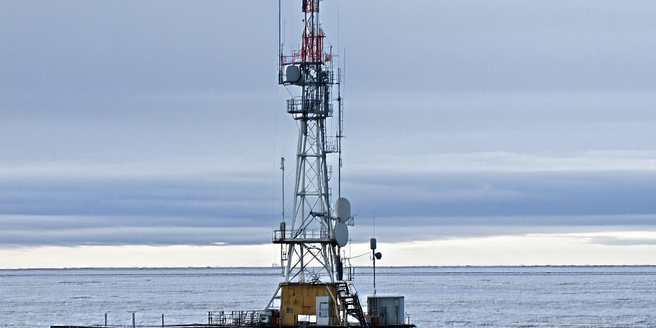
Understanding the Challenges of Remote Cold Areas
Remote cold areas present unique challenges for communication due to their harsh climate, geographical isolation, and limited infrastructure. The extreme cold can affect the performance of electronic devices, while the vast distances and rugged terrain hinder the establishment of reliable communication networks. These regions often lack traditional infrastructure, making it difficult to implement conventional communication solutions. Additionally, weather conditions can rapidly change, impacting the availability and quality of communication channels. Despite these obstacles, effective communication is crucial in emergencies to coordinate rescue efforts, medical assistance, and essential supplies delivery. Understanding these challenges prompts the need for innovative approaches that can overcome environmental and logistical barriers to ensure seamless connectivity, safety, and preparedness in such remote locations.
Setting Up Reliable Communication Systems
Establishing dependable communication systems in remote cold areas requires strategic planning and innovative technologies. Reliability is paramount given the harsh environmental conditions and potential life-threatening situations. Utilizing renewable energy sources, like solar panels, can power communication equipment in areas with limited electricity access. Implementing long-range wireless networks and satellite communication provides connectivity even in the most isolated regions. Deploying weather-resistant equipment ensures continued operation despite extreme cold. Installation of fixed and portable systems guarantees both permanent and temporary solutions for inhabitants and emergency responders. Collaboration with local authorities, engineers, and technology providers is essential to design systems tailored to the specific geographical and climatic conditions. This approach ensures robust and sustained communication capabilities crucial for safety and effective emergency response.
Utilizing Satellite Phones and Radios
In remote cold areas where conventional communication networks are sparse or non-existent, satellite phones and radios serve as lifelines for maintaining contact. Satellite phones provide reliable communication by connecting directly to satellites, bypassing the need for a terrestrial network. This ensures connectivity in the most isolated areas, essential for emergency services, researchers, and residents alike. Likewise, two-way radios are invaluable for short-range communication, allowing for real-time interaction among field teams and base stations. These devices are durable, designed to withstand extreme weather, and function efficiently in low temperatures. Both technologies are crucial in ensuring safety, facilitating coordination during emergencies, and enabling effective communication where other methods fall short. Investing in these tools guarantees connectivity, which is vital for addressing emergencies and operational efficiency.
Integrating Modern Technology Solutions
Leveraging modern technology in remote cold areas enhances the effectiveness of emergency communication. IoT devices, such as sensors and wearables, provide real-time data on environmental conditions and individual health metrics, ensuring timely alerts and situational awareness. Drones equipped with cameras and communication devices can quickly assess situations, provide crucial information, and facilitate communication in areas inaccessible due to terrain or weather. Meanwhile, advancements in network technology, like 5G, promise faster and more reliable connections, even in harsh conditions. Video conferencing tools and digital platforms allow for remote coordination and decision-making, eliminating the need for physical presence. Together, these technologies improve response times, optimize resource allocation, and enhance overall disaster management strategies, thereby significantly boosting emergency communication capabilities in these challenging environments.
Training and Preparedness for Emergencies
In remote, cold regions, equipping individuals with the right skills and training is essential for effective emergency response. Regular training programs and drills help inhabitants and responders stay prepared for potential disasters. Emphasis on using communication devices, understanding their functions, and troubleshooting common issues is crucial. Scenarios simulating extreme conditions and communication failures enable responders to adapt quickly and maintain calm. Establishing communication protocols ensures everyone understands their roles and responsibilities during emergencies, fostering coordinated action. Furthermore, education on local environmental challenges and survival skills empowers residents to manage risks better. Collaboration with communication experts and emergency services enhances training initiatives, ensuring ongoing readiness. Proactive preparedness and skill development are vital for maintaining effective communication and ensuring safety in communities facing the harsh realities of remote cold areas.
